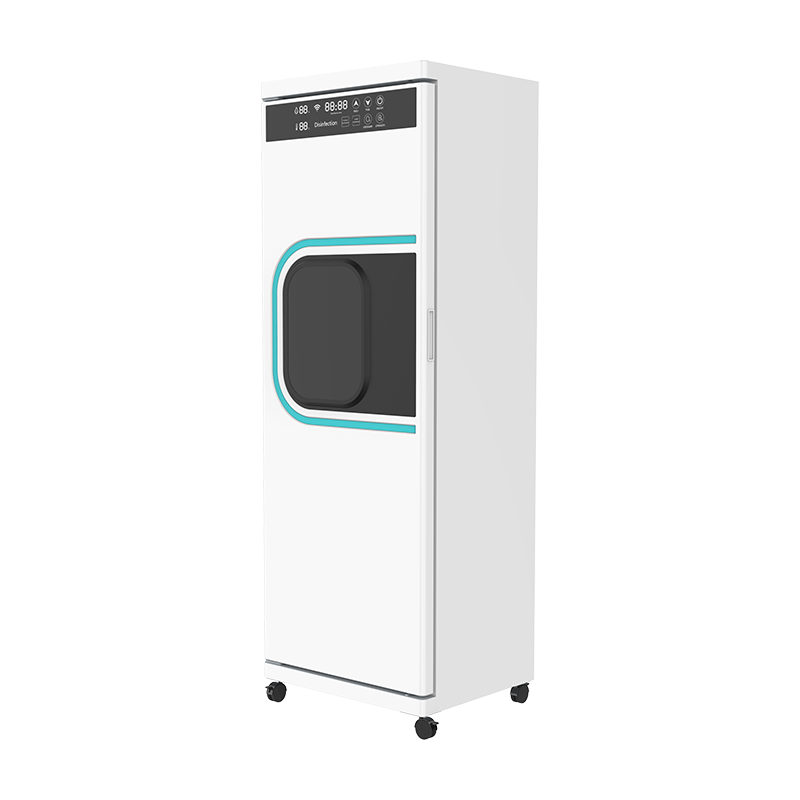1. The effect of temperature on crispness
When the temperature of the air fryer is ≥160℃, the hot air circulation accelerates the evaporation of moisture on the surface of the food, forming a crispy browning layer. For example, when French fries are heated at 180℃ for 15 minutes, the crispness of the skin is 40% higher than that at 150℃. However, temperatures exceeding 200℃ are prone to charring of the skin. For example, when chicken wings are heated at 200℃ for 18 minutes, the probability of charring of the skin increases by 60%. When using an air fryer to heat tender meat (such as lamb chops and salmon), you can use 180℃ to quickly lock in juice, and then reduce it to 160℃ for maturation, which can keep the food crispy on the outside and tender on the inside.
2. Temperature and the generation of harmful substances
Starch-containing ingredients (such as French fries and bread) may produce acrylamide (a class 2A carcinogen) when the heating temperature is greater than 120℃. Therefore, when using an air fryer, you can control the temperature below 180℃ and shorten the heating time to 12-15 minutes.
3. The impact of temperature on food moisture
The hot air circulation of the air fryer will take away the moisture of the ingredients. For example, when apple slices are heated at 125°C for 25 minutes, the moisture content drops to 12%, and the taste is crispy; but if the temperature rises to 160°C, the moisture content is only 5% in the same time, and the taste is dry and hard. When baking food, you can add 10ml of water or use the steam function to increase the moisture content of the food to more than 30%. For seafood, vegetables and other ingredients that are easy to dehydrate, set the low temperature of 80-120°C for slow baking, and the moisture loss rate is reduced by 35% compared with the high temperature mode.

 EN
EN
 English
English 中文简体
中文简体
.png)









